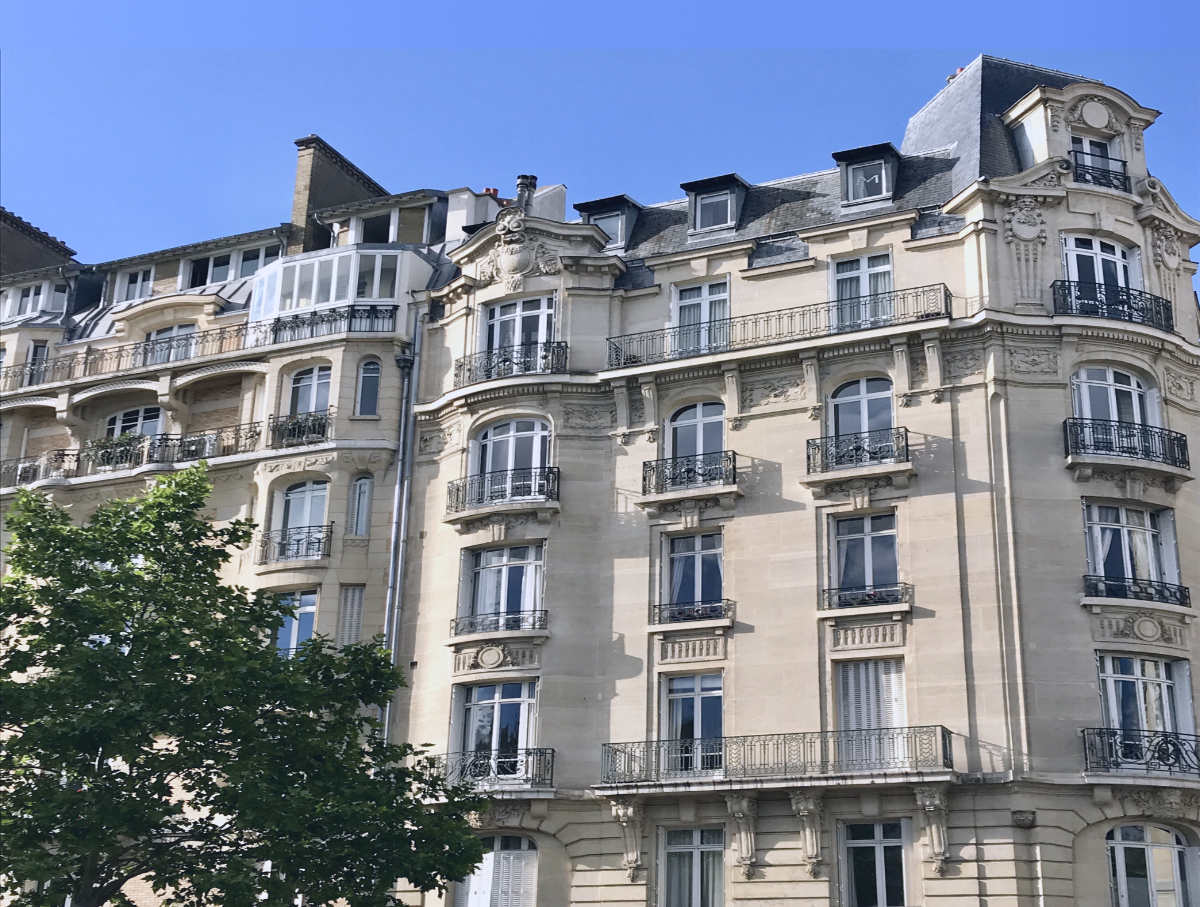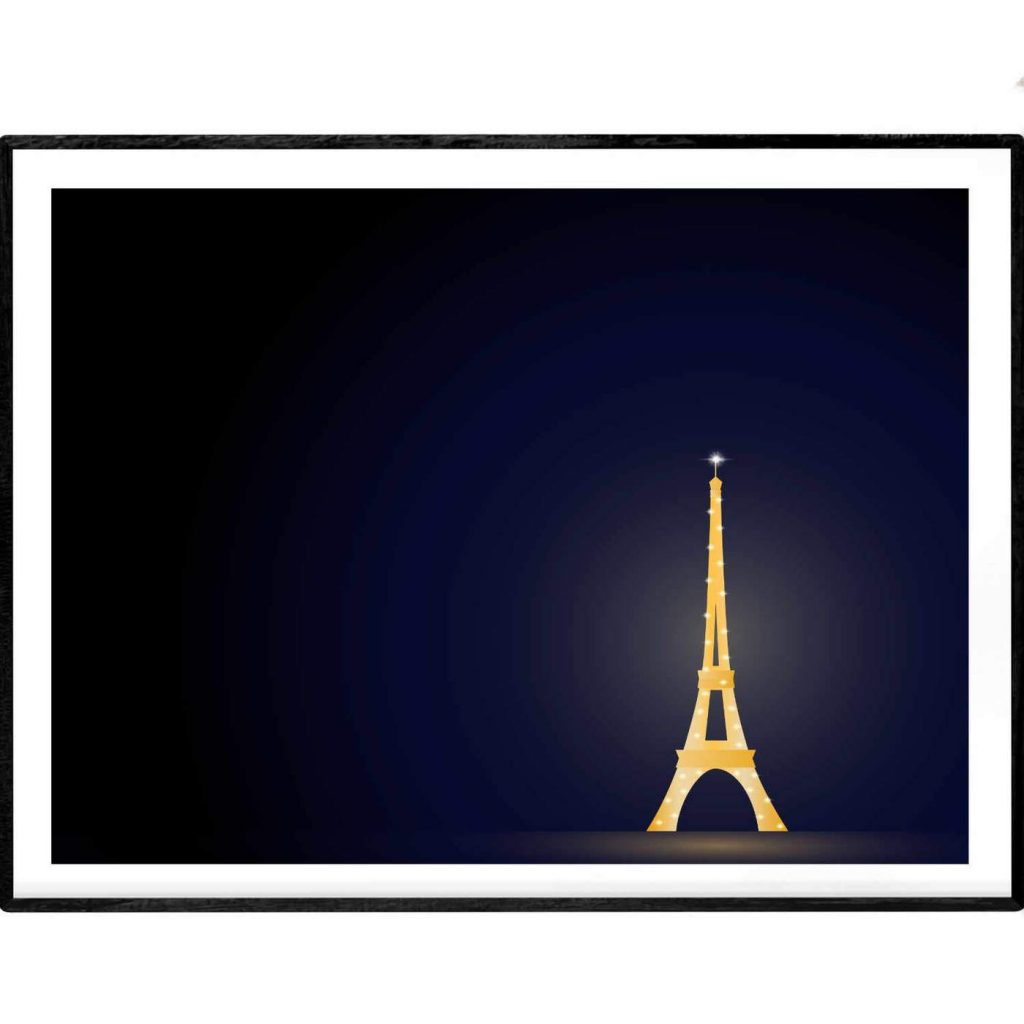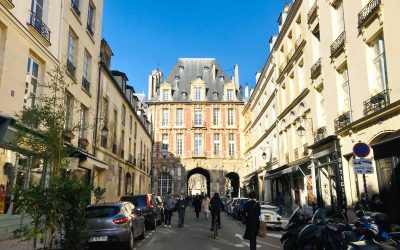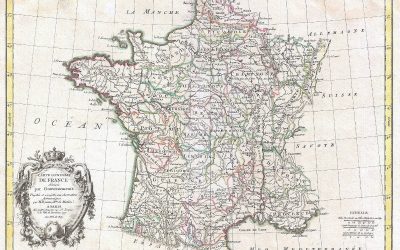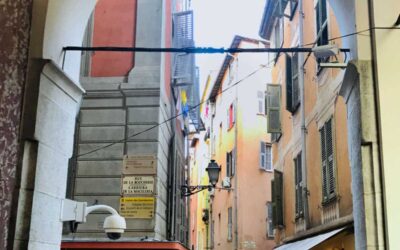As the famous saying goes “A walk about Paris will provide lessons in history, beauty, and in the point of life.” But if you just walk around Paris, you may not necessarily notice some of the tidbits hidden beyond that elegant exterior.
Time for a few fun facts about Paris and trivia that even the locals don’t always remember.
Paris may be the capital of France, but as all French people outside of Paris will point out, it is not France. It has its own quirks and fallibilities, that you will not find anywhere else in the country.
As a local living in Paris for 10+ years, some of these have definitely made me go “hmm?”. And so without further ado, here are my best fun facts about Paris (the city in France of course, but more on that later). Allons-y!
- 1. The city's Motto is "Fluctuat nec mergitur."
- 2. It was originally a Roman City called Lutetia.
- 3. There were ancient walls surrounding the city.
- 4. It became a cultural capital under King Clovis.
- 5. King Henry IV said "Paris is worth a mass" as he converted from Protestant to Catholicism.
- 6. Pont Neuf is the oldest bridge in Paris.
- 7. It became the first city to install street lighting, earning the nickname City of Lights.
- 8. The city was nearly destroyed in WWII.
- 9. The Eiffel Tower was supposed to be temporary.
- 10. The Champs Elysées used to be rural countryside.
- 11. The Arc de Triomphe became a rallying point for French and foreign armies.
- 12. Many of Paris's classic buildings were designed by a man named Baron Haussmann.
- 13. The Louvre Museum is the most visited museum in the world.
- 14. Notre Dame de Paris Cathedral is the heart of the city.
- 15. The city's metro dates back to 1900.
- 16. There is a network of tunnels under the city called the Catacombs of Paris.
- 17. The city has a lot of Michelin Star restaurants.
- 18. Disneyland Paris is not actually in Paris.
- 19. There are several Statues of Liberty in Paris.
- 20. There is an underground lake below Opéra Garnier.
- 21. There is an Egyptian Obelisk at Place de la Concorde.
- 22. The Seine River goes all the way to the Atlantic Ocean.
- 23. The Pantheon holds the remains of several famous French people.
- 24. The nickname of Paris is Paname.
- 25. Parisians are often referred to as Parisgos.
- 26. The city has 20 arrondissements, each with its own mini-government.
- 27. There are several cities called Paris around the world.
- 28. Parisians believe in showcasing their city.
- 29. Parisians don't like living in Paris.
- 30. There are small vineyards in Paris.
- 31. The city is the capital of haute-couture.
- 32. Paris has a twin city: Rome.
1. The city’s Motto is “Fluctuat nec mergitur.”
The motto of Paris is Fluctuat nec mergitur in latin which means “She is tossed by the waves, but does not sink”. A fitting motto for a city that has seen much upheaval.
2. It was originally a Roman City called Lutetia.
One of the facts about Paris, is that that was not always its name. Paris was originally inhabited by a Celtic tribe called the Parisii.
Then came the Roman Empire when it became a city called Lutetia. It was not the biggest city in Roman times either, that honor went to Lyon, which was then the capital called Lugdunum.
At the time, Paris was rather unimportant, behind Lyon and the port city of Marseille (called Massilia). Little Paris was, at the time, a tiny dot on the map. Literally. You can read more about French history here.
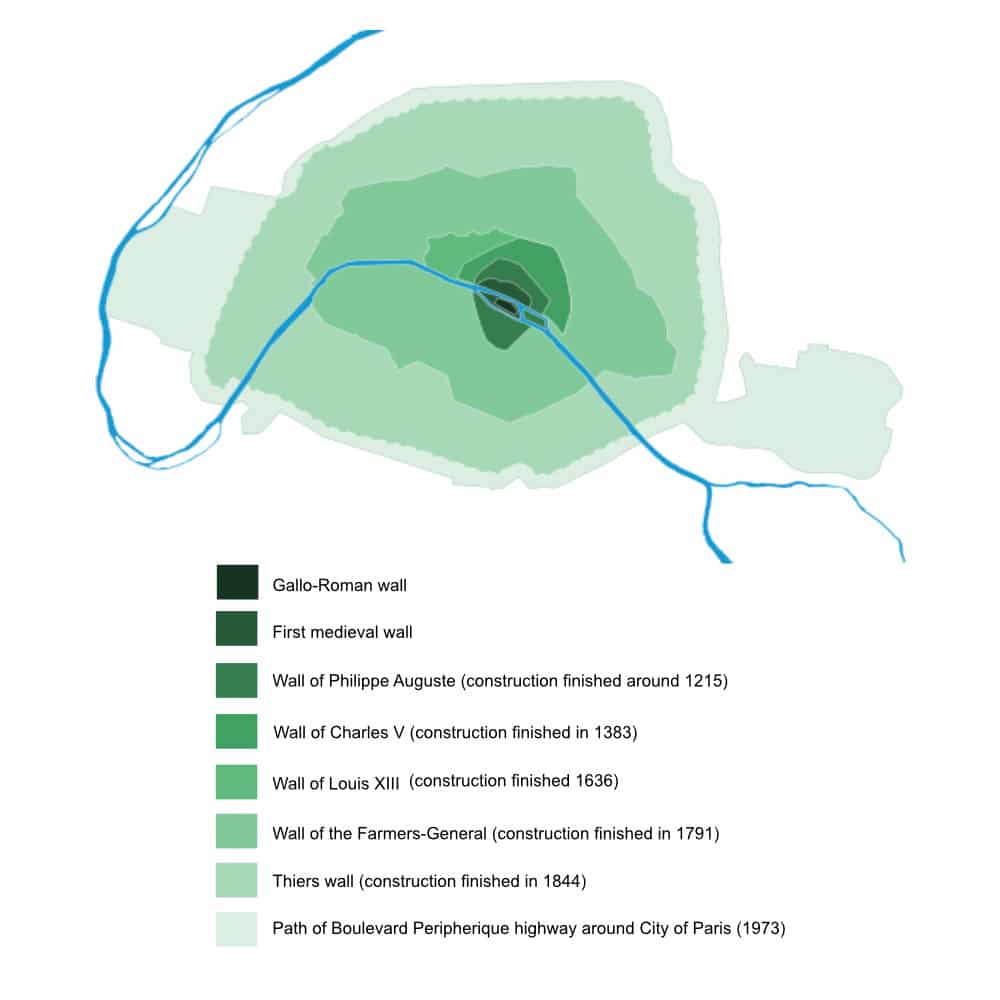
If you wander around the 5th arrondissement and Ile de la Cité within Paris, you can still see the ancient walls and the Arènes de Lutèce.
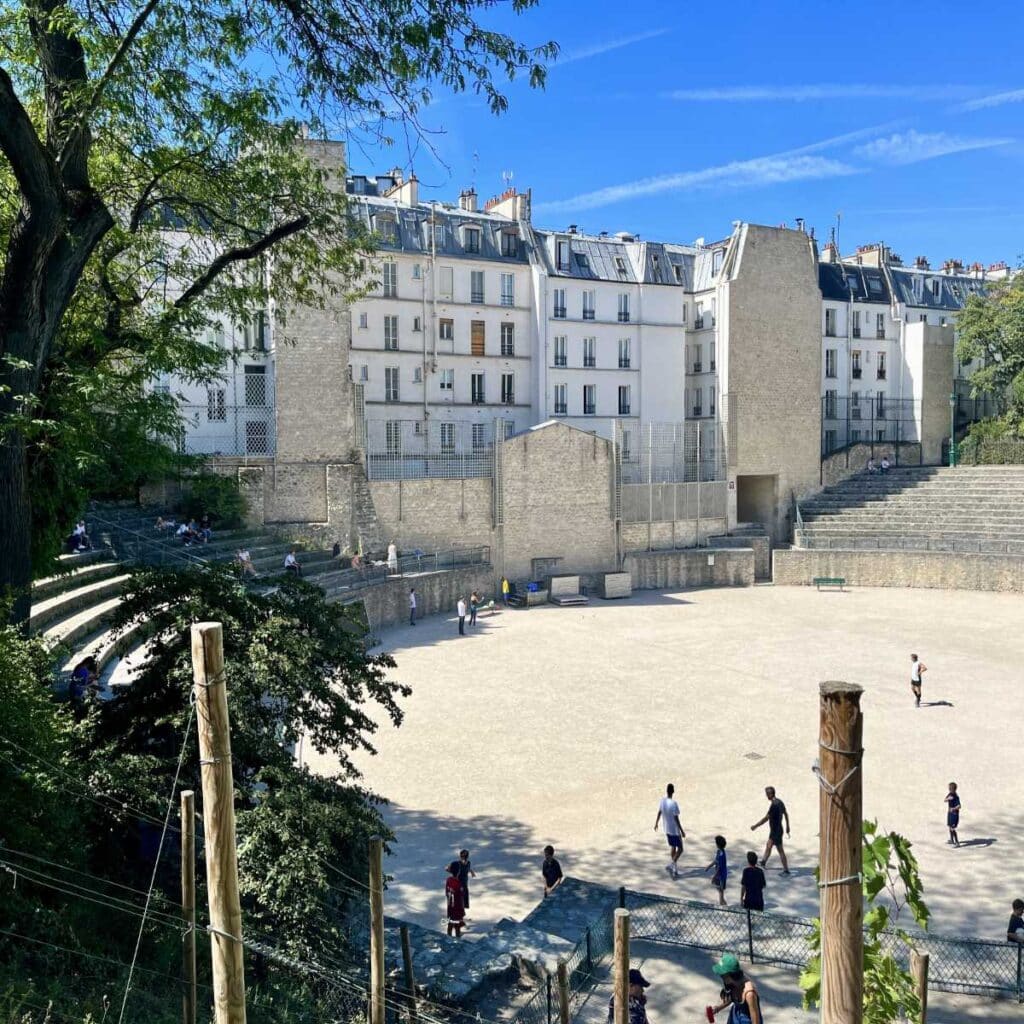
Along with the Thermes de Cluny, the Arènes de Lutèce are among the scarce visible reminders of the Gallo-Roman period still visible in Paris.
3. There were ancient walls surrounding the city.
Paris used to be surrounded by city walls that gradually expanded (as per the map above). Today it is surrounded by one of the most disliked highways in France, the Boulevard Péripherique. This 6 lane highway completely surrounds the city, cutting it off from its suburbs.
4. It became a cultural capital under King Clovis.
Clovis, the first King of the Franks, makes Paris his capital in 508AD because of its strategic position on the River Seine. This was the center for the Frankish kings, eventually settling outwards in the Ile-de-France.
However, under King Charlemagne, as the kingdom stretches east to include the area that is now Germany, Paris loses its importance.
It became the main residence of the Kings of France in the 10th century, becoming a major economic powerhouse on the Right Bank, with the trade of wheat, fish and cloth along the river.
A large outdoor market called the Marché les Halles (founded in 1110) used to be in the center of what is today the 1st arrondissement of Paris. The food market has now been moved outside the city to the town of Rungis on the south side. Today, the area is a large mall and metro station known as Chatelet-Les Halles.
On the Left bank were several universities including the Sorbonne, which is why the area is called the Latin Quarter, for the students there studying and speaking in Latin.
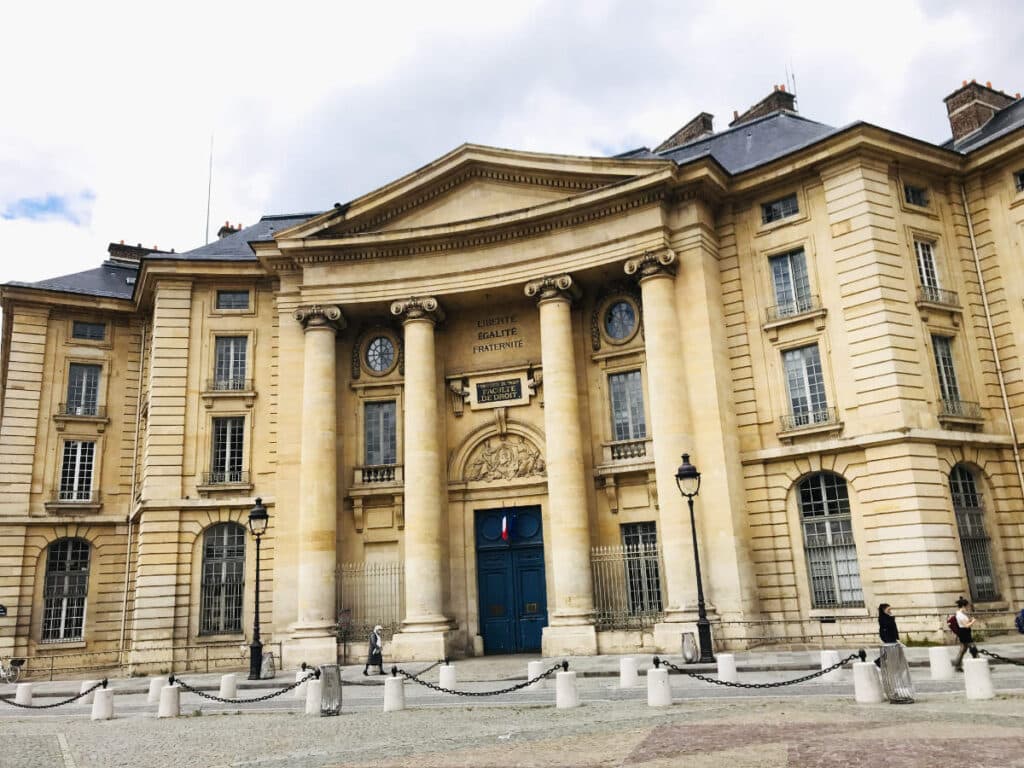
5. King Henry IV said “Paris is worth a mass” as he converted from Protestant to Catholicism.
In the words of King Henri IV “Paris vaut bien une messe“, meaning “Paris is worth a mass.” Protestant Henry uttered these words in 1593 as he was converted to Catholicism.
The move was meant to put an end to the wars of religion between the Catholics in Paris and Protestant Huguenots in the south of France. To secure his capital, Henry IV converted and was able to remain King for over a decade later (until he was assassinated, but that is another story!)
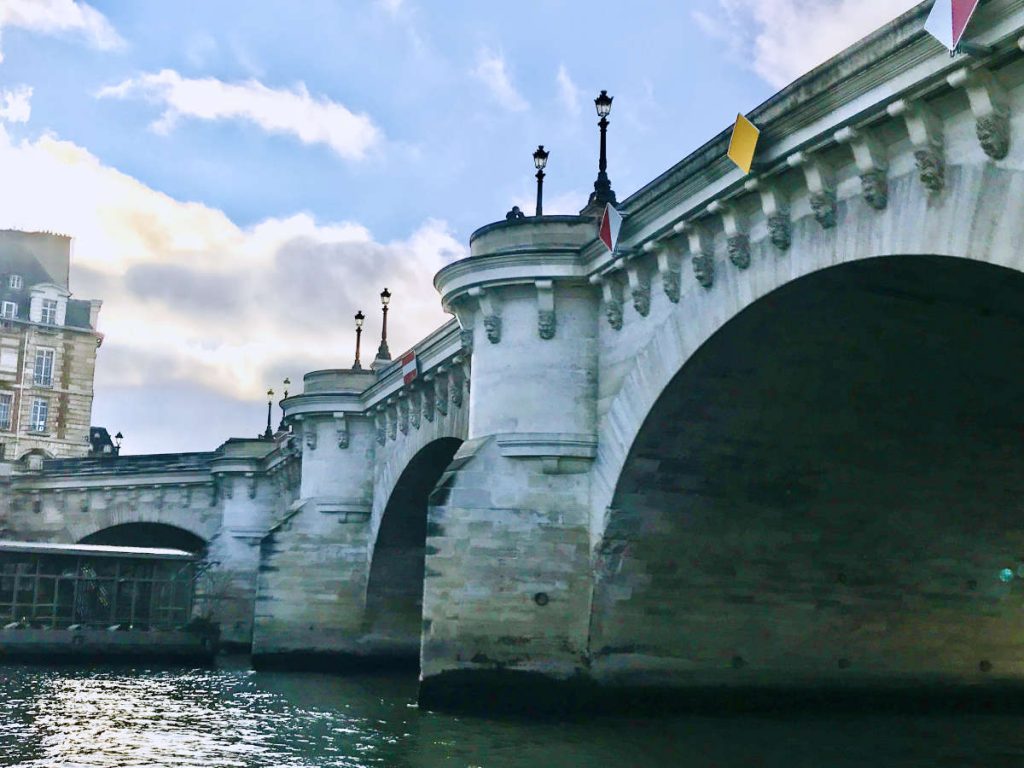
6. Pont Neuf is the oldest bridge in Paris.
The oldest bridge in Paris is the Pont Neuf constructed in 1607, which as you would have it, translates as “New Bridge”. (It was built by the aforementioned King Henri IV. You can read more about him and other members of the French royal family here.)
7. It became the first city to install street lighting, earning the nickname City of Lights.
Paris is called “the City of Lights” because it was the first major city in Europe to install street-lighting under Sun King Louis XIV in 1665. The city was dark and unsafe and thus lantern lighting was installed to make it safer.
It was also one of the first cities to have widespread street lighting by gas in 1820 and later electric lighting in the late 19th century. The City of Lights, indeed.
8. The city was nearly destroyed in WWII.
Paris was meant to be razed to the ground upon the order of Hitler as German forces were retreating. However, the German commandant-in-charge seeing the writing on the wall, declined to follow the order.
As such the majority of the city survived its 4-year occupation mostly intact. Rocked, but not defeated.
9. The Eiffel Tower was supposed to be temporary.
The Eiffel Tower was supposed to be temporary. It was built for the 1889 World Fair and was supposed to be dismantled within 20 years. Parisians initially hated it, wondering what this weird metal structure was supposed to be.
There are 1665 steps from bottom to top. In addition, there are 3 restaurants on the floors of the Eiffel Tower, and a small ice skating rink installed in the winter.
Interestingly, the Eiffel tower expands around 15cm (6inches) in the summer heat and contracts in the winter.
Lights go on every evening hourly on the Eiffel Tower, until past midnight. However, it is actually illegal to publish nighttime photos of the Eiffel Tower, as the lighting is considered a copyrighted art installation.
10. The Champs Elysées used to be rural countryside.
The Champs Elysées used to be rural countryside until the 17th century. And it was not until the late 18th century when Napoléon III and Baron Haussmann completely reconstructed Paris, that the broad tree-lined boulevard that we know today as the fashionable Champs Elysées came into being.
11. The Arc de Triomphe became a rallying point for French and foreign armies.
The Arc de Triomphe was commissioned by Napoleon Bonaparte in 1806, but his defeat by the British meant that he never saw it finished. It was completed in 1836, and become a rallying point for both French and foreign armies.
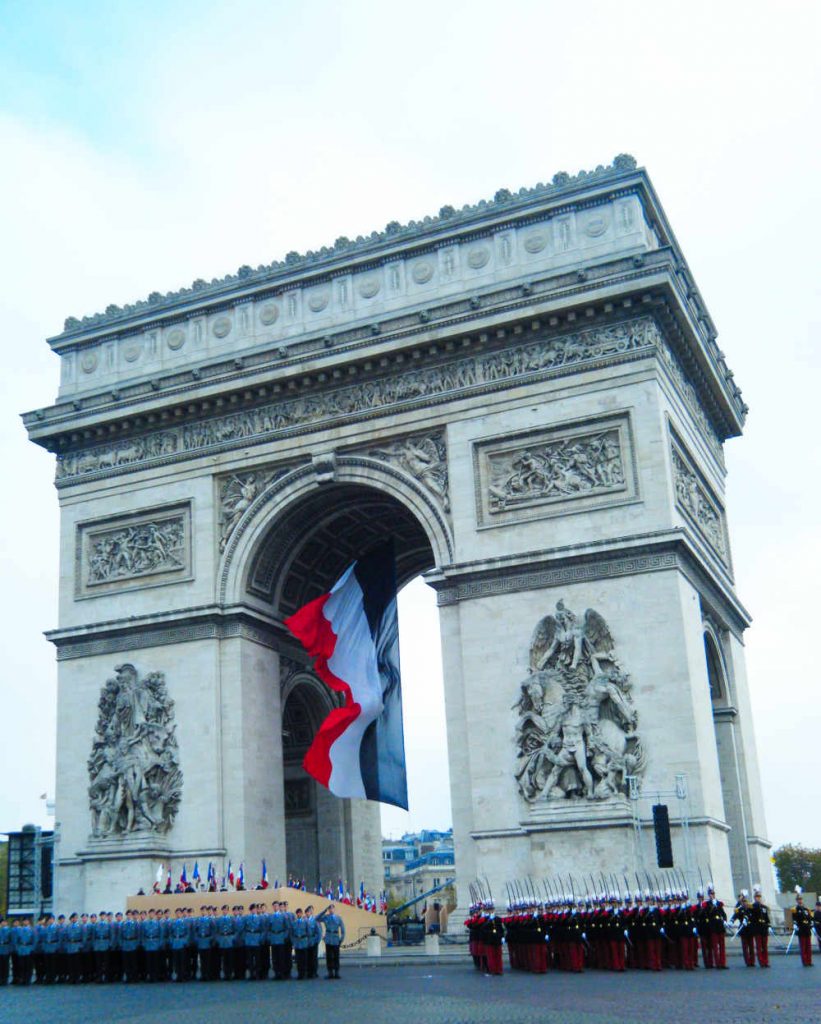
Along with festivities every 14 Juillet (Bastille Day), famous victory marches around or under the Arc de Triomphe include:
- the Germans in 1871 – Franco-Prussian war
- the French in 1919 – WWI
- the Germans in 1940 – the invasion of France at start of WWII
- French and Allied Forces in 1944-45 – end of WWII
12. Many of Paris’s classic buildings were designed by a man named Baron Haussmann.
The beauty of Paris certainly lies in its architecture, with its grand boulevards and elegant buildings. Much of it was designed by one architect, Baron Haussmann, under the reign of Napoleon III (nephew of Napoleon Bonaparte).
This style of architecture is called Haussmannian, and there were several rules associated with it. From the height of the ceiling, to the moldings and balconies outside, there is a very specific look to it. Parisians hated it, as old neighborhoods all over Paris were destroyed to make way for the new Hausmmanian style that catered to the rich bourgeoisie.
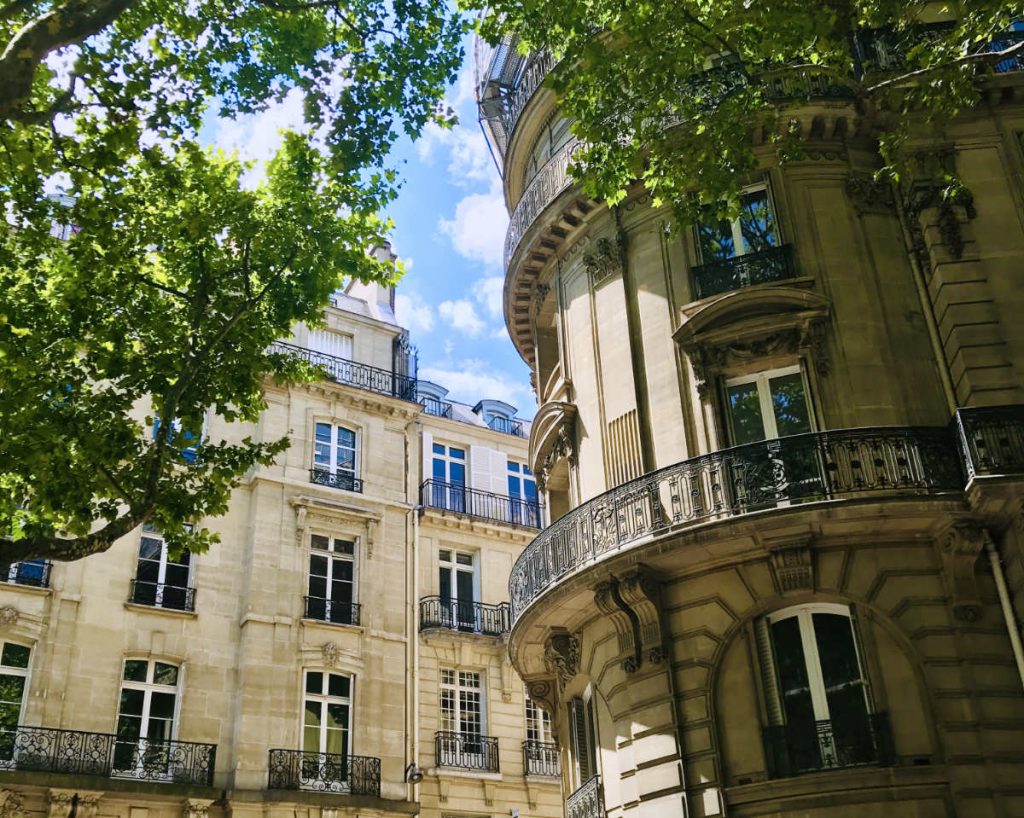
In addition to the look, the French regulations require that residential buildings in Paris cannot be higher than 50m, while commercial buildings no higher than 180m.
With the highway around Paris, this means that Parisians cannot build up nor out. The lack of space for housing, makes Paris one of the most expensive cities in the world to live in, as prices and the cost of living go higher and higher.
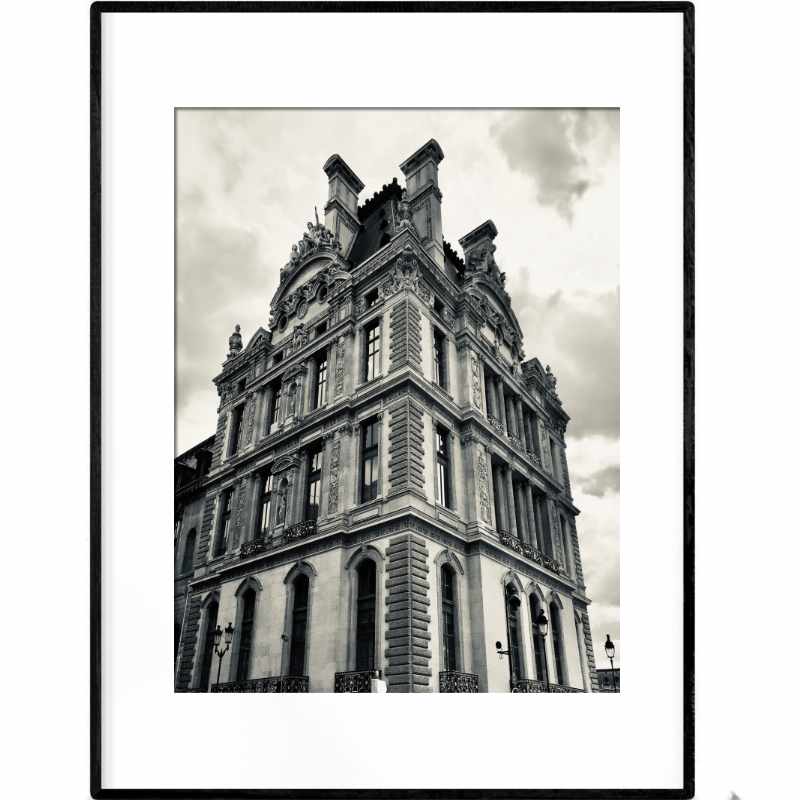
13. The Louvre Museum is the most visited museum in the world.
Another interest fact about Paris is that it has some of the most-visited museums in the world. The Louvre Museum in Paris is the most visited museum in the world, with around 10 million visitors per year.
Originally a fortress, turned palace, turned museum, this amazing building has seen its share of history.
Despite its size, less than 10% of its treasures are said to be actually on display, including at two satellite museums, the Louvre-Lens and Louvre Abu Dhabi.
(For info, Parisians hated the glass pyramid when it was constructed in the middle. If you are sensing a trend of Parisians hating all new constructions, you would not be wrong!)
The Musée D’Orsay and Centre Pompidou in Paris are also in the top 10 of most visited museums in the world. You can read more cultural facts about Paris and France here.
14. Notre Dame de Paris Cathedral is the heart of the city.
The most visited attraction however is not the Louvre or the Eiffel tower, but Notre Dame de Paris Cathedral. (This of course was before the 2019 fire, since reconstruction is still going on.) Located in the heart of the city on Ile de la Cité, the cathedral was built between 1163–1345.
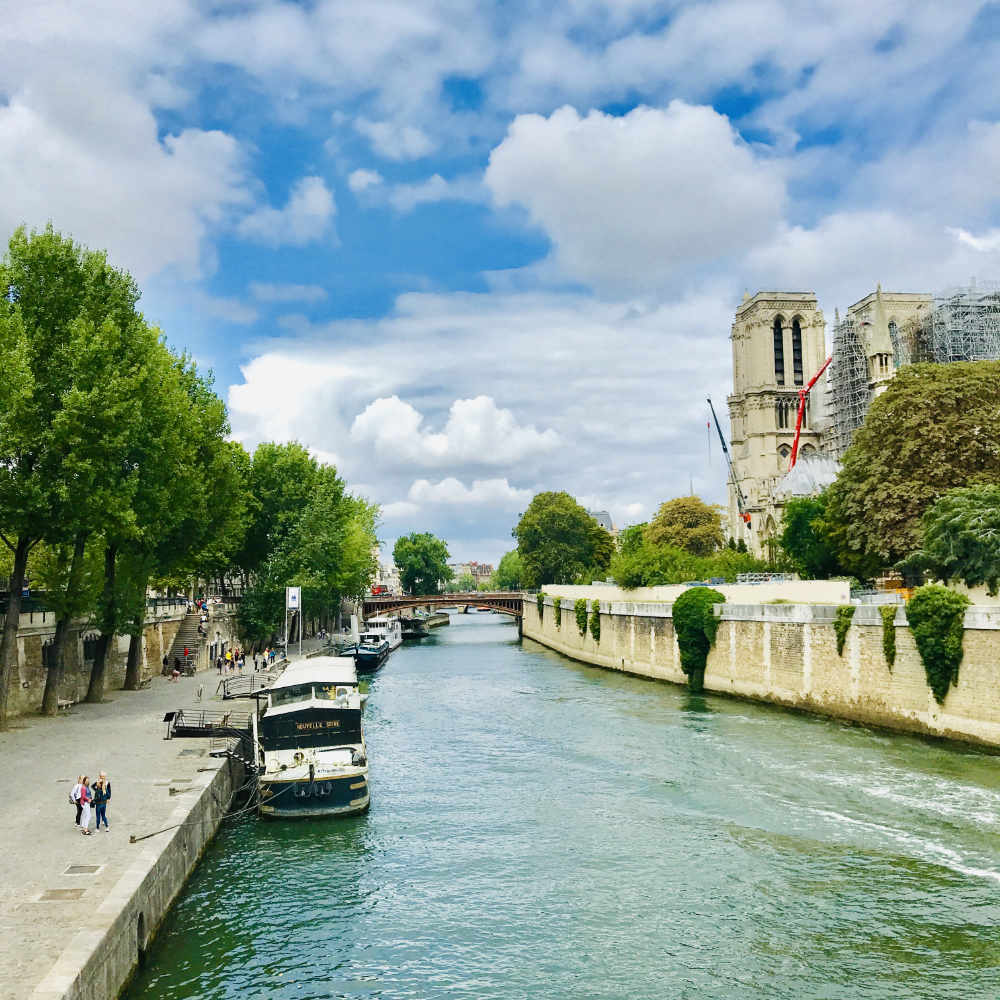
It isn’t the oldest church in Paris though, that honor would go to the Abbey of Saint-Germain-des-Près which began construction in the 5th century (although the oldest part of the current church dates to 1000AD).
15. The city’s metro dates back to 1900.
One landmark of Paris that the locals love and hate is the Paris metro. Stretching all across the city, like a labyrinth, construction of the metro begun in 1900, with work continuing as new lines and metro stations are added.
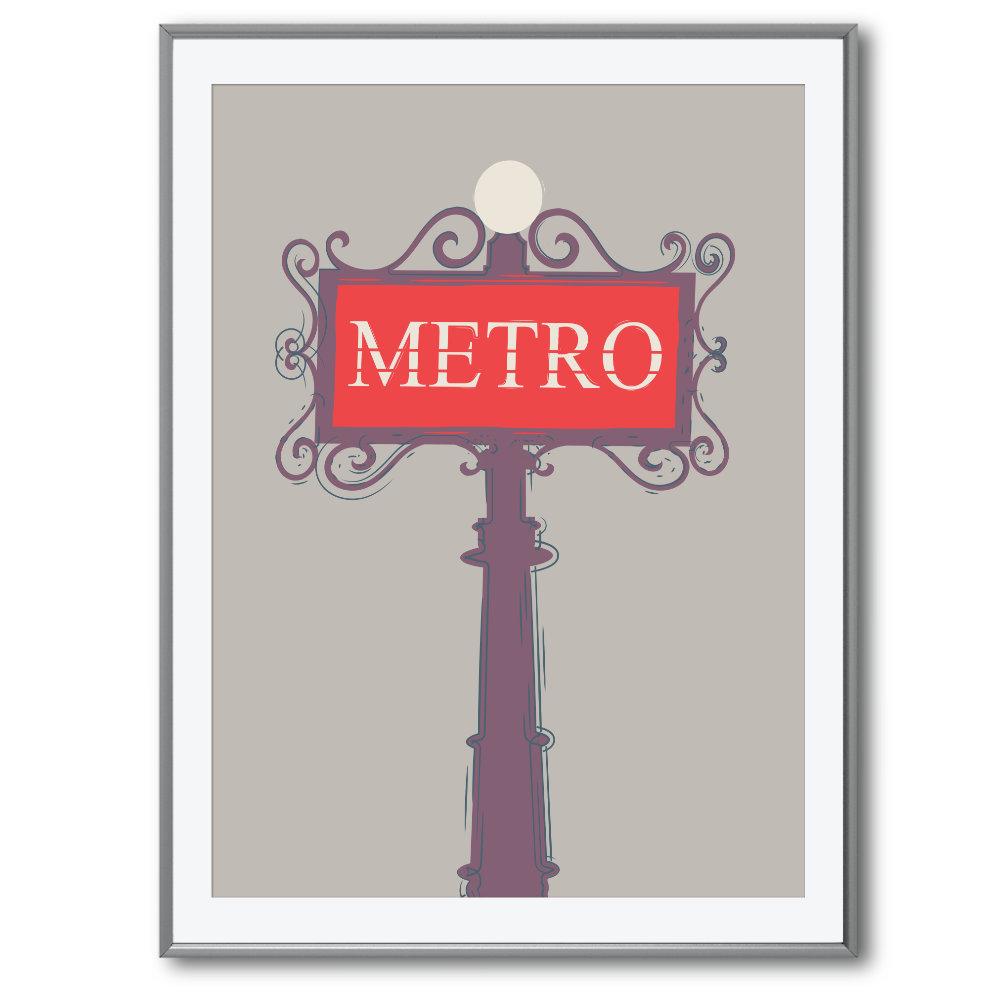
There are so many stations that a dozen or so are listed as as “abandoned” and are no longer served. Used for storage and maintenance, some are even rented out for film sets for productions set in Paris.
Only 3% of the Paris Metro is handicap and stroller friendly, compared to 25% for London and New York metros which are just as old. (So if you are planning to visit Paris with luggage, I recommend taking a taxi from the airport rather than the metro!)
16. There is a network of tunnels under the city called the Catacombs of Paris.
Catacombes de Paris is a tunnel network beneath the streets of Paris, and the final resting place of over 6 million people.
When old cemeteries and burial grounds dating back to the Franks, Romans, and medieval age started falling apart, the graves were moved here in the late 18th century. During World War 2, the Catacombs were utilized by the French Resistance who required the tunnel system to travel back and forth.
Today, going into the catacombs is banned because people have been known to get lost there. However, there is a portion that is reserved as a museum in the 14th arrondissement that tourists can visit. (Cataphiles, as they are called, also occasionally hold underground parties and other events there.)
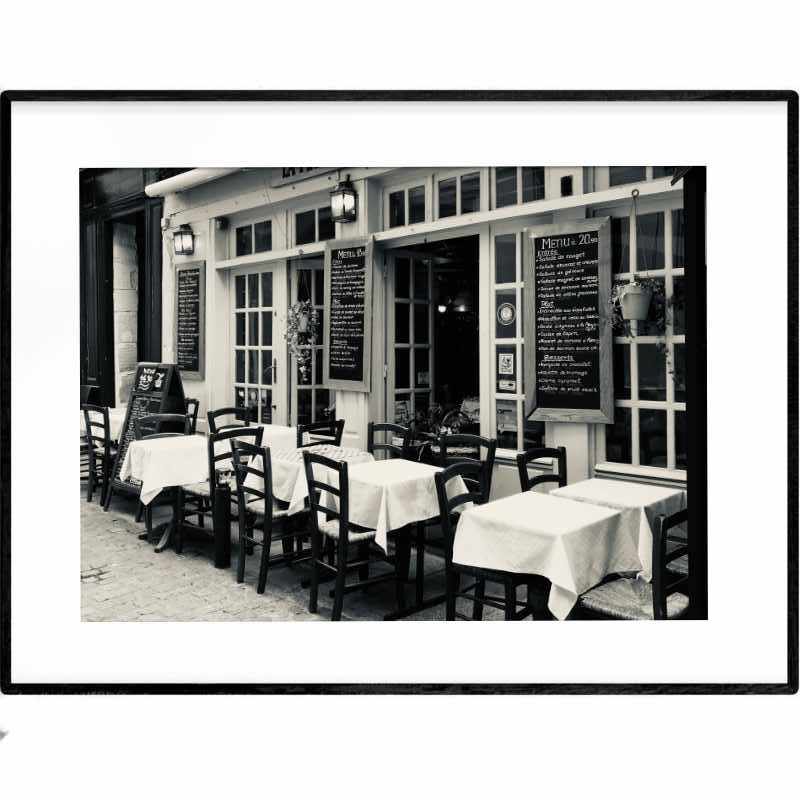
17. The city has a lot of Michelin Star restaurants.
Paris has 119 Michelin star restaurants in the world, 2nd to Tokyo. The list is compiled by Michelin, the (French) tire company. The initial idea was to provide French people with good eating options when on road trips across France. You can read more French food facts and what to eat in Paris.
18. Disneyland Paris is not actually in Paris.
Disneyland Paris is about 30 minutes from the center of Paris, going east on the RER train in a suburb called Marne la Vallée.
With two large parks, it is the only Disney theme park in Europe. (If you are looking for the French version of Disney, try Parc Asterix or the other theme parks around Paris.)
19. There are several Statues of Liberty in Paris.
There are more Statues of Liberty in France than in the U.S. The largest and most famous is on an island in the middle of the Seine and looks towards her sister statue in New York. You can see it while cruising on a Bateau Mouches boat along the Seine or walking along Pont de Grenelle bridge.
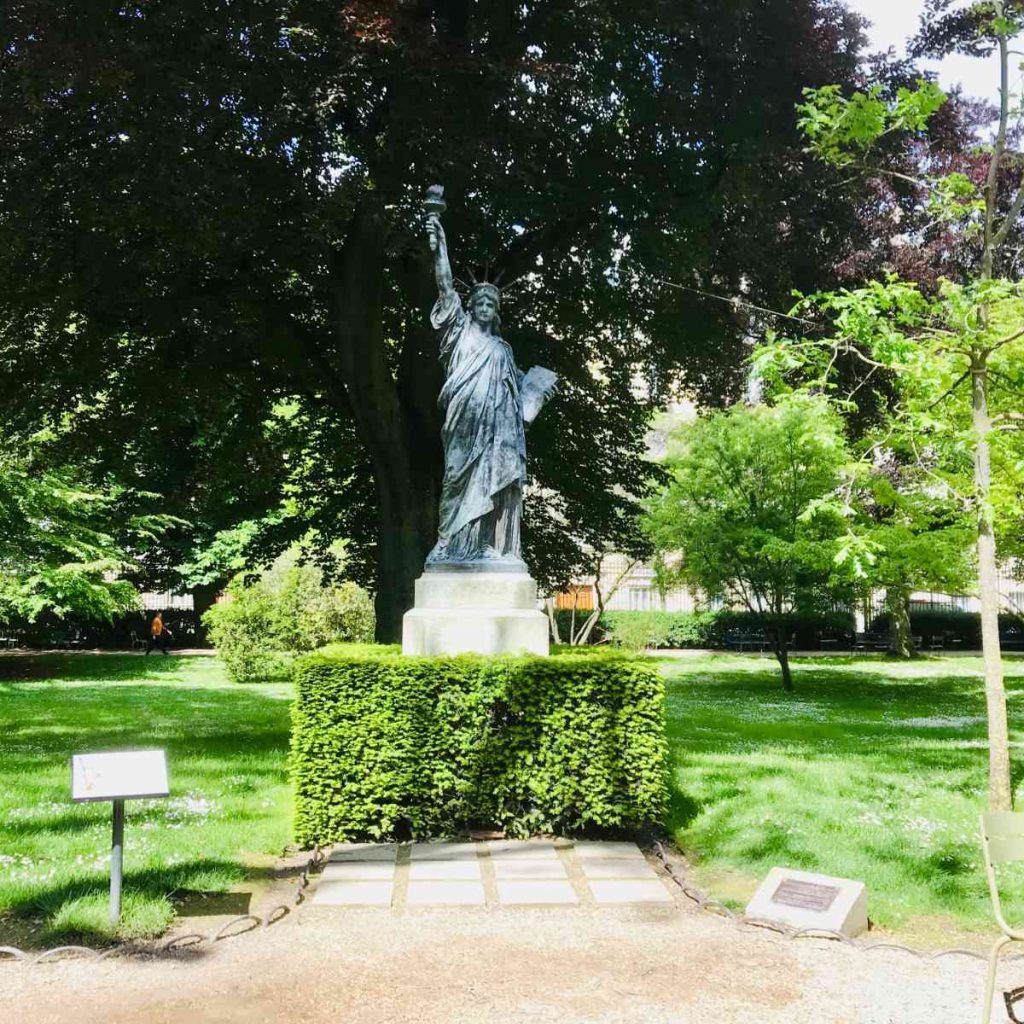
In all, there are ten Statues of Liberty in France, 4 of which are in Paris:
- l’île aux Cygnes (the one noted above)
- Jardin du Luxembourg
- Musée d’Orsay
- Musée des Arts et Métiers
There is also the Flame of Liberty next to the Pont de l’Alma, which was given to the French people in 1987 by the International Herald Tribune newspaper, symbolizing the friendship between the French and the Americans. (It is also the place where Princess Diana died, and is now a memorial to her.)
20. There is an underground lake below Opéra Garnier.
The beautifully ornate opera house at the center of the city has a lake underneath it. When it was constructed in the late 1800s, architect Charles Garnier realized that the ground he wanted to build on was quite swampy.
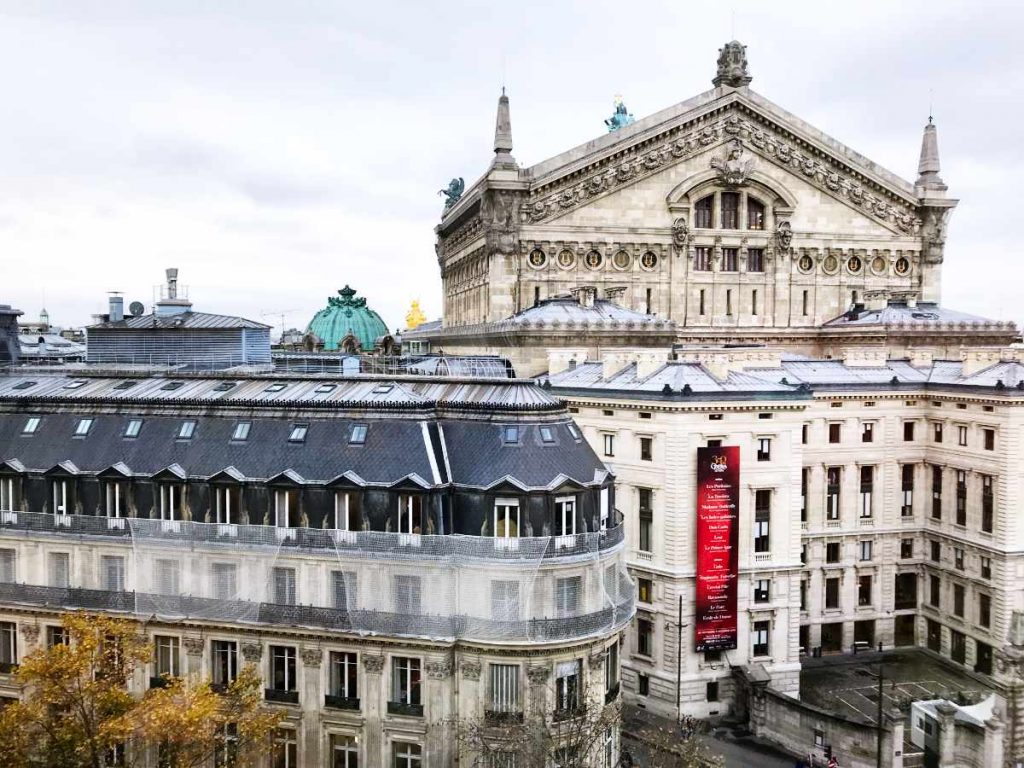
So he decided to build a concrete liner underneath to block infiltrations. This 10,000-cubic-meter “lake” is today used by the Paris fire brigade for scuba diving training (instead of the Seine river). It is sadly inaccessible to the public.
21. There is an Egyptian Obelisk at Place de la Concorde.
At one end of Rue de Rivoli, in the heart of Paris, stands the Place de la Concorde. It is on this spot that Marie Antoinette and her husband King Louis XIV were guillotined during the French revolution. (It used to be called Place de la Révolution.)
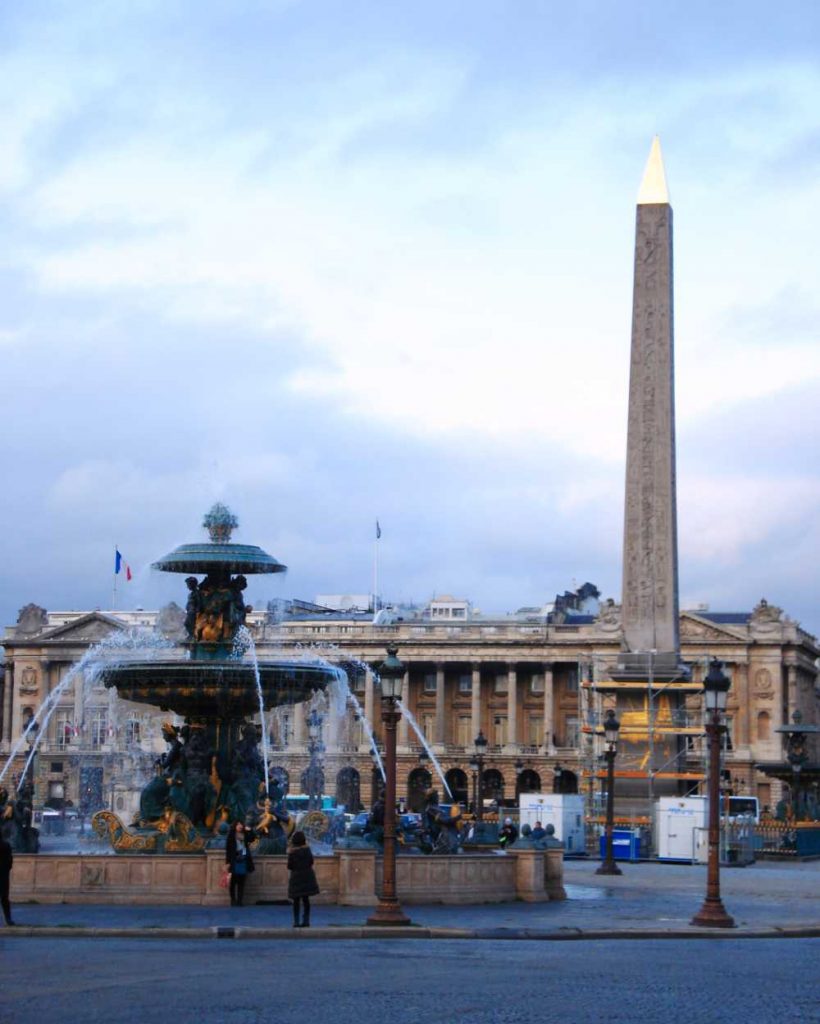
Today, however, you will notice a different type of monument in the center: a giant Egyptian obelisk decorated with hieroglyphics noting the reign of the pharaoh Ramesses II. It was given as a gift in 1829 from Egypt to France, and acts as a sundial.
22. The Seine River goes all the way to the Atlantic Ocean.
And of course we can’t forget that most famous “landmark” the river running through the city: the Seine!
The river is actually a combination of two rivers, the Seine and the Marne. It is believed today that it is actually the Marne tributory that is the larger, and thus should be the name of the river flowing through Paris, but no one wants to change all those maps!
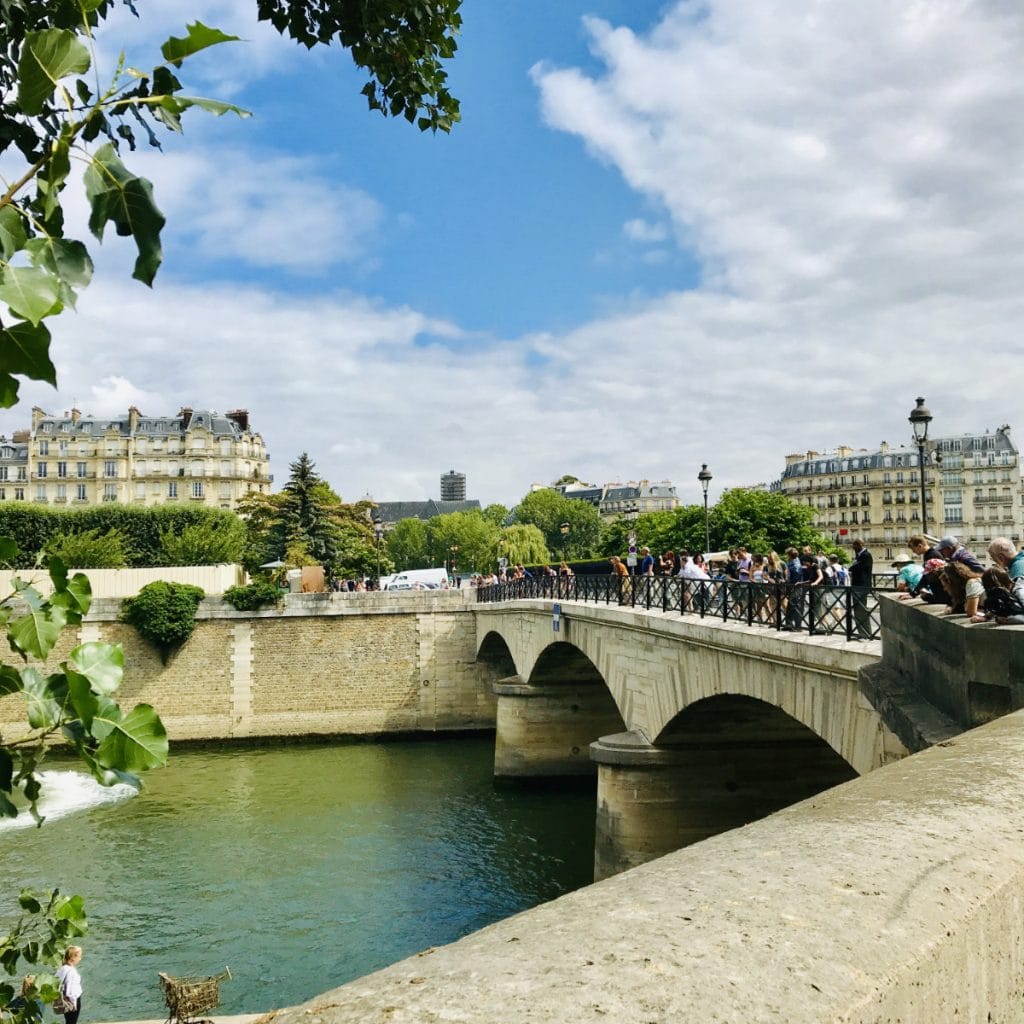
In addition to the Seine and the Marne, there are also canals running under Paris from the river Ourcq, most notably around Place de la Bastille. The river extends all the way to the west coast of France, joining the Atlantic ocean near the Norman cities of Honfleur and Le Harve.
And if you are wondering why you never see anyone swimming in the Seine, it is because the river is not exactly renowned for its cleanliness. It is quite polluted and no one dares to take a dip or catch fish from the river.
The mayor of Paris has promised that the city will try to clean the river by the 2024 Olympics in order to hold events on the river, but I doubt locals are going to let their kids bathe in it anytime soon.
23. The Pantheon holds the remains of several famous French people.
Located in the 5th arrondissement in the Latin Quarter of Paris, the Pantheon was actually originally built as a church dedicated to St Genevieve, patron saint of Paris and one of the most famous female figures in France.
It was intended to hold the relics of the saint and stands atop a hill named Montagne Sainte-Geneviève.
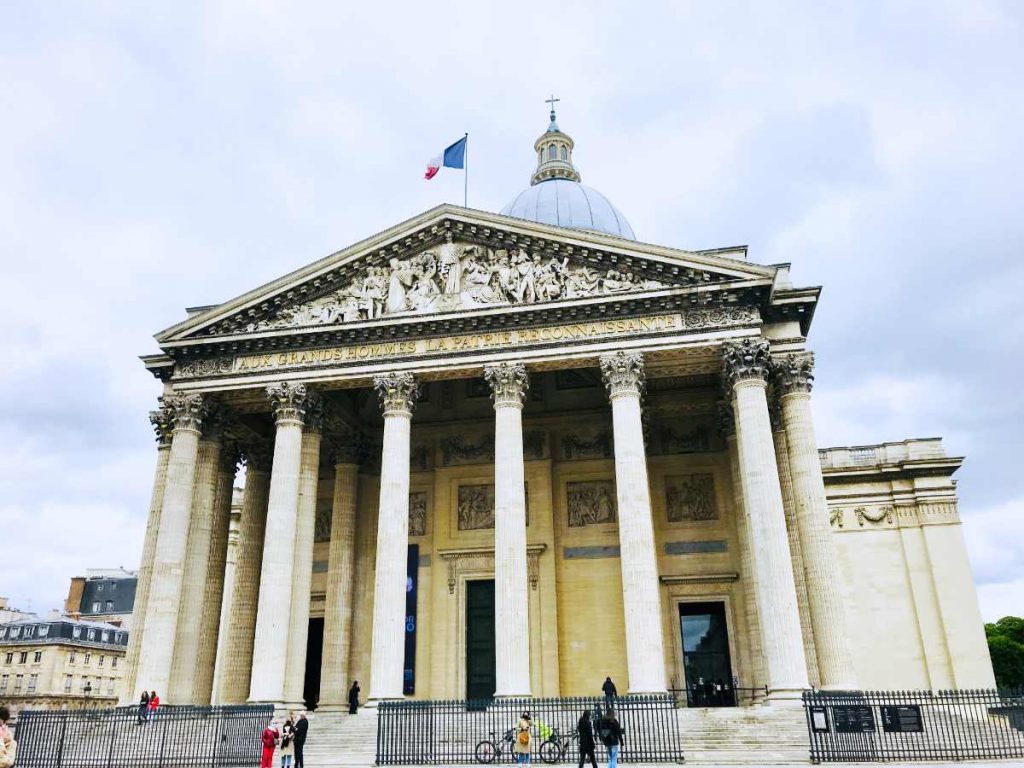
However, it was completed in 1790 at the height of the French Revolution. So instead, the Assemblée Nationale voted to turn it into a monument containing the remains of distinguished French citizens, modelled on the Pantheon in Rome which had been used in this way since the 16th century.
To be buried in the Pantheon is the highest recognition that the French Republic can offer its citizens. It is symbolically known as the “une église devenue temple de la République“, meaning “a church that has become the temple of the Republic”.
Among the famous French figures whose remains are buried there are:
- Marie and Pierre Curie, Nobel prize-winning scientists
- Jean Moulin, French resistance fighter
- Louis Braille, inventor of the Braille reading system for the blind
- Victor Hugo, writer of Les Miserables
- Voltaire, writer of Candide
- Jean Jaures, assassinated French politician
You can read more about the Panthéon here.
24. The nickname of Paris is Paname.
The city also have has many nicknames, among them Parigi, which is Italian for Paris, as well as Paname.
The name Paname is believed to have come from a borsalino type hat of Ecuadorian origin, which workers used to wear while building the Panama Canal in South America. It was shown at the Universal Exhibition of 1855 and Parisians found cool and immediately started wearing around town. Close to 200 years later, and the name has still stuck!
25. Parisians are often referred to as Parisgos.
Parisians sometimes refer to themselves as Parigos in slang, since they always seem to be on the go.
“Metro, Boulot, Dodo” is a favorite saying of Parisiennes, complaining about the lack of time after “Commuting, Work, and sleep”.
☞ READ MORE: Best cities to live in France
26. The city has 20 arrondissements, each with its own mini-government.
Tourists to Paris don’t realize that Paris is actually divided into 20 arrondissements, each of whom is like a mini-town in itself, with its own mayor and town hall.
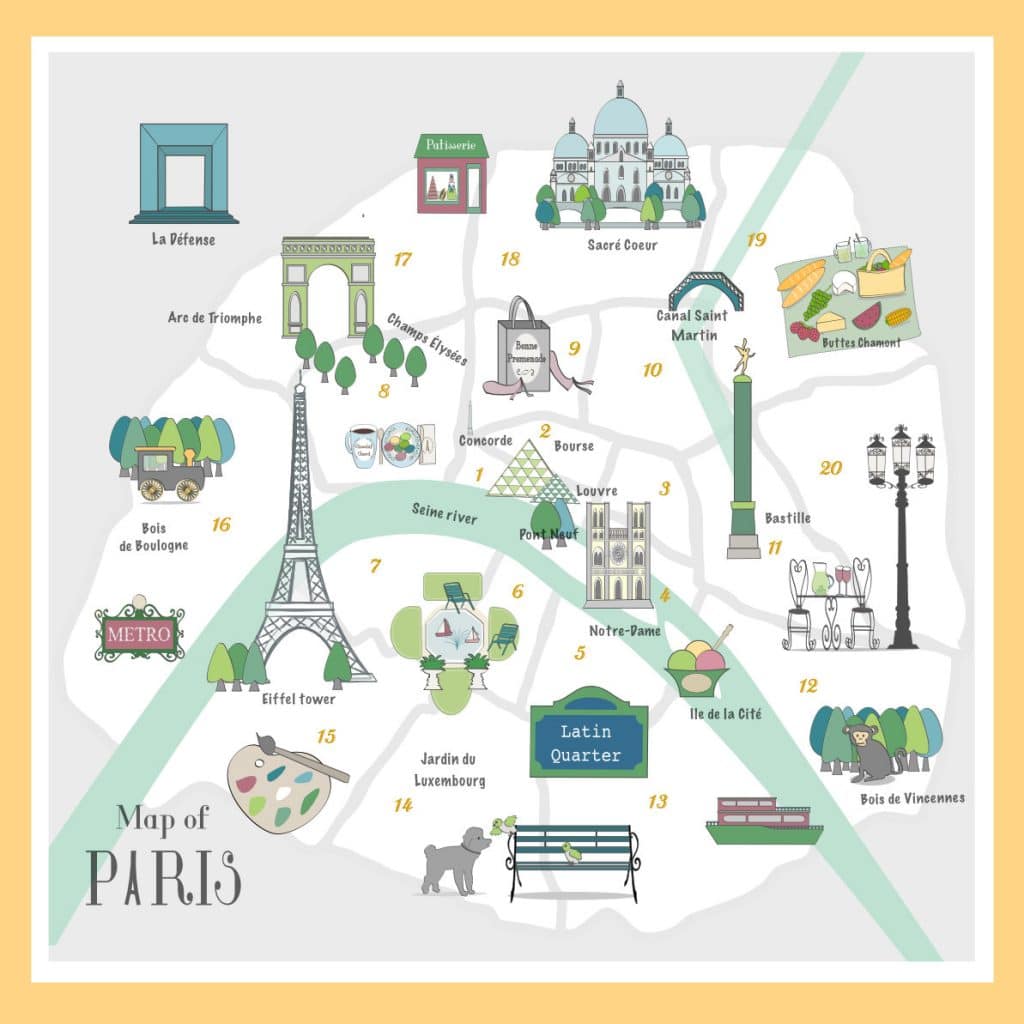
When getting married or declaring the birth of your baby, it is in each individual arrondissement that all the legal paperesse occurs.
Some arrondissements have left-leaning mayors, while others are more right-wing. There is also an overall mayor of Paris, who holds office for 6 years.
27. There are several cities called Paris around the world.
There are 38 cities called “Paris” across the world, from Paris, Ontario Canada, to Paris, Denmark. There are 19 towns in the United States alone called Paris.
28. Parisians believe in showcasing their city.
The stereotype of Parisians not cleaning up after their dogs is not quite true these days. And to make sure it remains untrue, the city has cleaners to make sure that streets are power-washed at least once a week, with powerwashing happening more often in the touristic parts of the city.
To keep everything neat and tidy, even the trees in Paris are tracked and counted on an interactive government website, to encourage more greenery in the city. That’s the Paris of the future, for ya!
29. Parisians don’t like living in Paris.
More than 50% of Parisians actually want to leave Paris, according to official polls conducted. Could it be? With all the beautiful buildings, museums, and culture?
As well as the smog, pollution, and the transport system? You can read more about the pros and cons of living in Paris, and why all those Parisians are ready to leave here.
30. There are small vineyards in Paris.
France is a wine-producing country, and while you may not think that there are any vineyards in a densely populated city, there are tiny vineyards run by co-operatives across Paris.

The biggest one is near Montmartre near the Sacré Coeur in the 18th arrondissement which produces several hundred bottles of wine every year.
31. The city is the capital of haute-couture.
There is a reason Paris is considered the capital of fashion. Many of the large names in haute couture like Chanel, Hermes, Christian Dior, and Louis Vuitton all got their start in Paris.
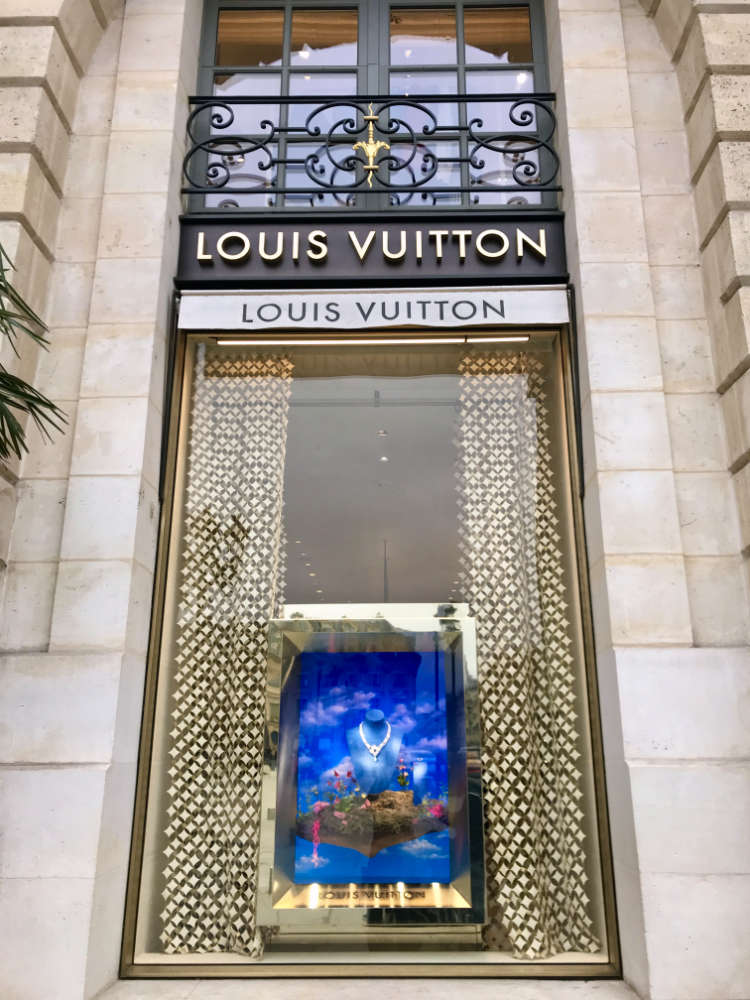
Paris fashion week is held twice a year for spring/summer and autumn/winter, with luxury brands displaying their collections in places like the Grand Palais, Carrousel du Louvre.
Today, you will find all the high-end brands worth knowing in Rue St. Honoré near the Marais and Avenue Montaigne off of the Champs Elysées. You can read more about shopping in Paris, as well as more affordable ready-to-wear brands here.
32. Paris has a twin city: Rome.
In 1956, Parisian officials decided the city needed a twin. And only one candidate would do:
Only Paris is worthy of Rome; only Rome is worthy of Paris.
Officially, this jumelage (twinship) to favor cultural exchange is translated as follows:
- Italian: “Solo Parigi è degna di Roma, solo Roma è degna di Parigi.”
- French: “Seule Paris est digne de Rome, seule Rome est digne de Paris.”

If you enjoyed that, you can read more facts about France. A bientôt!
